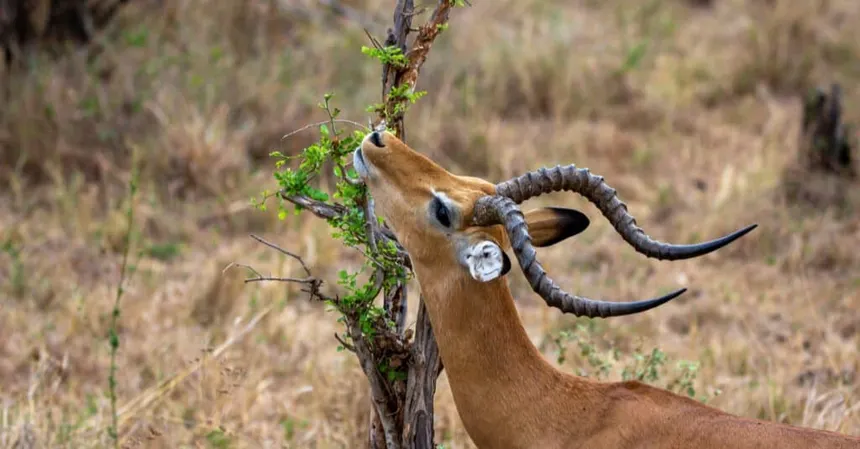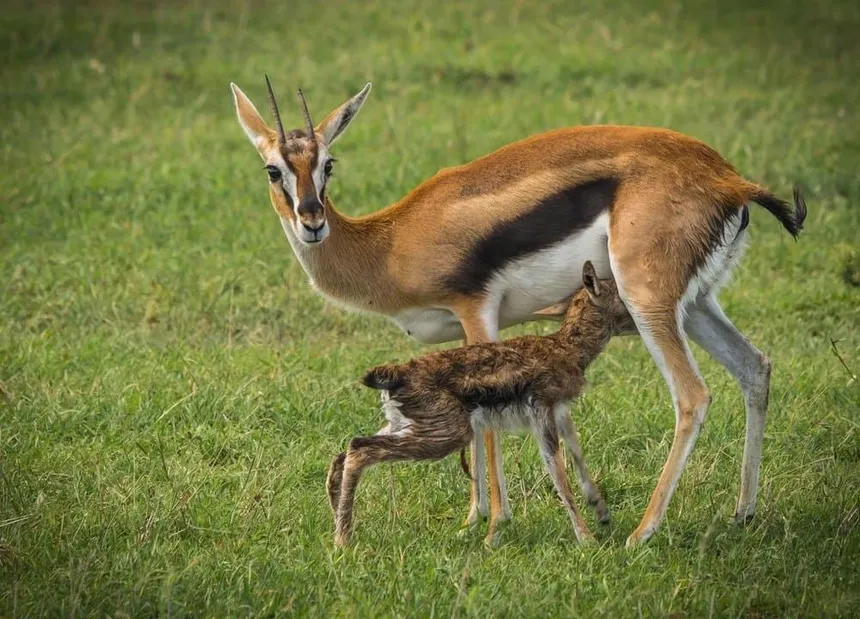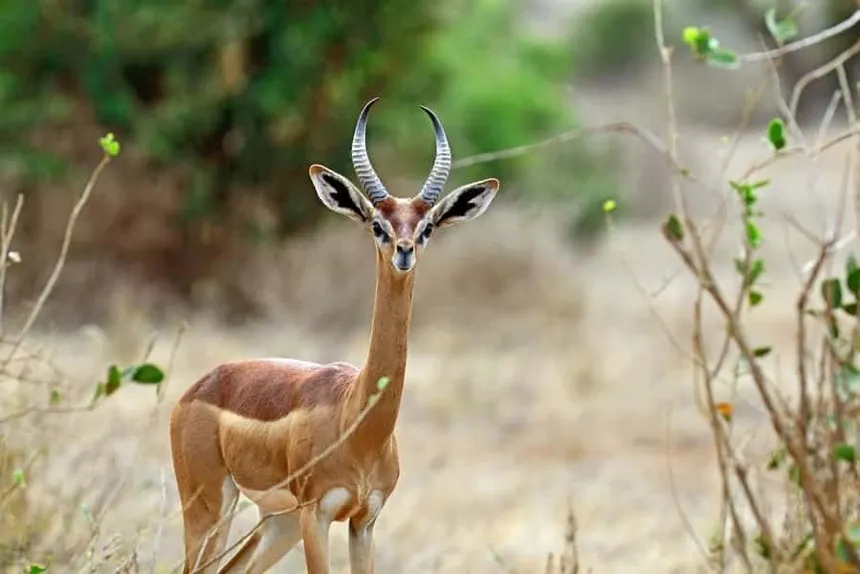“Antelope Appetites: What These Graceful Grazers Really Eat”

Antelopes are among the most iconic herbivores of the African savannas, though their range spans across Asia and parts of the Middle East as well. With over 90 species, from the petite dik-dik to the towering eland, these animals have evolved diverse adaptations — including their diets — to survive in grasslands, deserts, woodlands, and mountainous areas. But what exactly do antelopes eat in the wild? Their dietary preferences are shaped by species, habitat, season, and food availability.
Antelope Feeding Habits: Grazers vs. Browsers
Antelopes can be broadly categorized into two dietary types:
- Grazers – These antelopes primarily feed on grasses. They tend to live in open plains where grasses are abundant.
- Browsers – These species prefer to eat leaves, shrubs, buds, and fruits. They inhabit areas with more trees and bushes.
- Mixed Feeders – Many antelopes switch between grazing and browsing depending on the season or habitat conditions.
This flexible approach helps them survive periods of drought or scarcity by exploiting a wider range of vegetation.

What Antelopes Eat: A Breakdown by Food Type
1. Grasses
Most common among grazing antelopes like wildebeest, impala, or oryx. Grasses provide high fiber and bulk, especially during rainy seasons.
2. Leaves and Shrubs
Species such as kudu and bushbuck are browsers and prefer leafy vegetation from shrubs and small trees, rich in nutrients and moisture.
3. Fruits and Seeds
When available, fruits and seeds provide extra energy and vitamins. This is more common in forest-dwelling species.
4. Herbs and Forbs
Many antelope, especially in mixed habitats, feed on flowering herbs (forbs), which can be highly nutritious.
5. Bark and Twigs
In times of extreme scarcity, some antelopes may nibble on bark, stems, or twigs to extract moisture and nutrients.
Water Intake: How Antelopes Stay Hydrated
Some antelopes, like the oryx or addax, are adapted to arid environments and can go long periods without drinking water, obtaining moisture from plants. Others, especially those in savannas, drink from waterholes or rivers regularly.
Feeding Adaptations by Species
- Springbok: Known to switch between grazing and browsing depending on rainfall.
- Kudu: Specializes in browsing and can reach high branches using its height.
- Thomson’s Gazelle: Primarily grazes but shifts to leaves and shoots in dry seasons.
- Sable Antelope: Grazes on fresh grasses and prefers recently burned areas where regrowth is tender.
Seasonal Diet Shifts
In dry seasons, grass quality deteriorates. As a result:
- Grazers turn to dry grass, seeds, and shoots.
- Browsers may depend more on hardy shrubs or evergreen trees.
- Mixed feeders gain an advantage through dietary flexibility.
In Captivity: What Are Antelopes Fed?
Zoos and wildlife reserves often provide:
- Hay and fresh grasses
- Leafy browse (cut branches)
- Pelleted herbivore feed
- Fruits and vegetables as enrichment
Diet is carefully managed to mimic their natural intake and prevent digestive issues.

Conclusion: Nature’s Adaptive Herbivores
Antelopes are remarkable survivors, with diets as varied as their habitats. Whether nibbling on fresh grass in the savanna or browsing on acacia leaves in the bush, these herbivores play a critical role in maintaining ecosystem balance. Their ability to adapt their eating habits makes them a true testament to the resilience of nature’s grazers and browsers.



